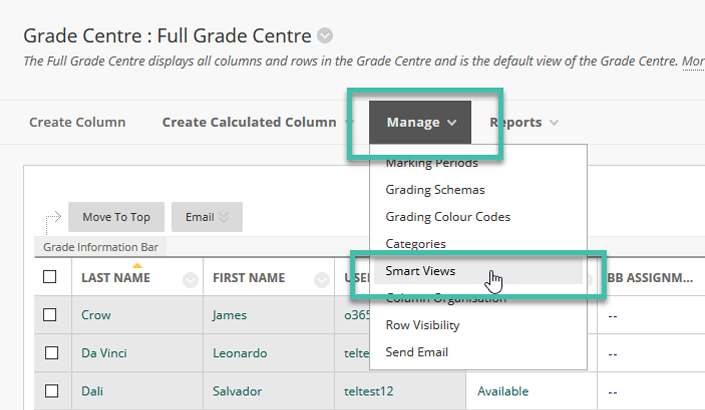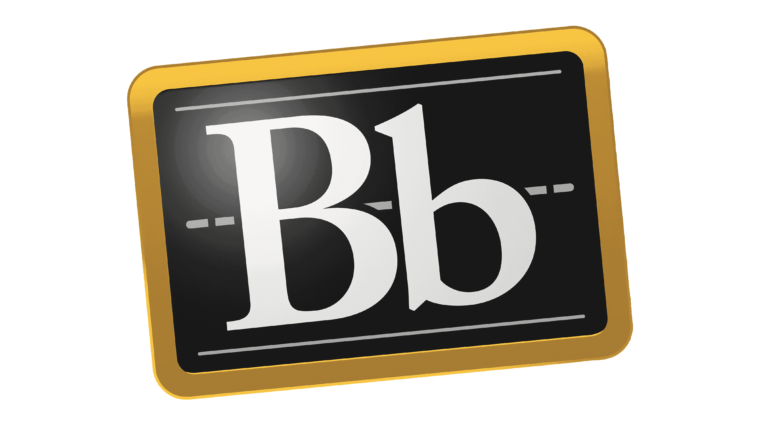Tag Blackboard
Adapting to recent changes in Blackboard
Three tips for semester startup
Setting up your course in Blackboard
Roundup of relevant Teaching Tips during coronavirus pandemic

Blackboard Bitez: Getting started with your course in Blackboard
In this Blackboard Bitez, we’ll show you how to get started with your Blackboard course. Especially if you have not used Blackboard before, or just a little, this should help you get started. Show Notes To view specific topics, click…
The Assignment Tool
Welcome to Blackboard Bitez! In this episode, let’s take a look at the build-in tool for assignments in Blackboard. Show Notes The video shows you how to use the assignment feature in your Blackboard course. The assignment tool is one…
My Courses Navigation
This Blackboard Bitez shows you how to modify and personalize your landing page in Blackboard. You might find that this useful little tip helps you navigate around Blackboard a lot easier. Show Notes This video shows you how to make…
Multiple Folders Creation
Welcome to the inaugural edition of Blackboard Bytez. Each episode we take a look at the inner workings of Blackboard and the features that save us time. This week, I’ll show you how to create multiple folders in your Bb…
Smart Views

Welcome to another episode of Blackboard Bitez. Each week, we take a look at the inner workings of Blackboard. This week, we look at the awesomeness of Smart Views. Show Notes A Smart View is a filtered view of specific…
Discussion Board Course Link
Save time setting up due dates in Blackboard

